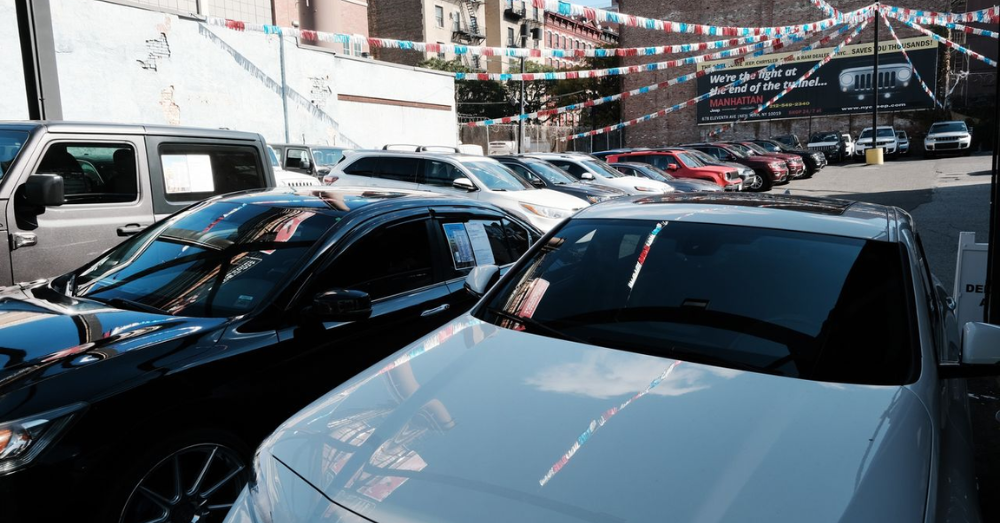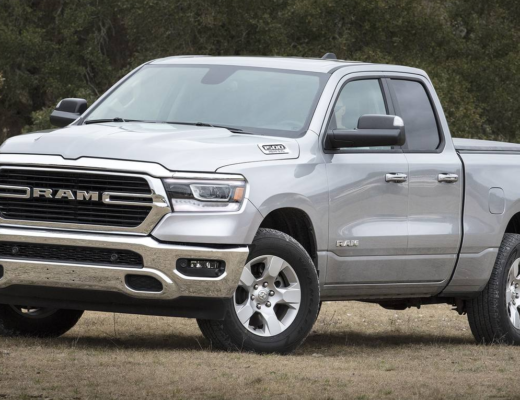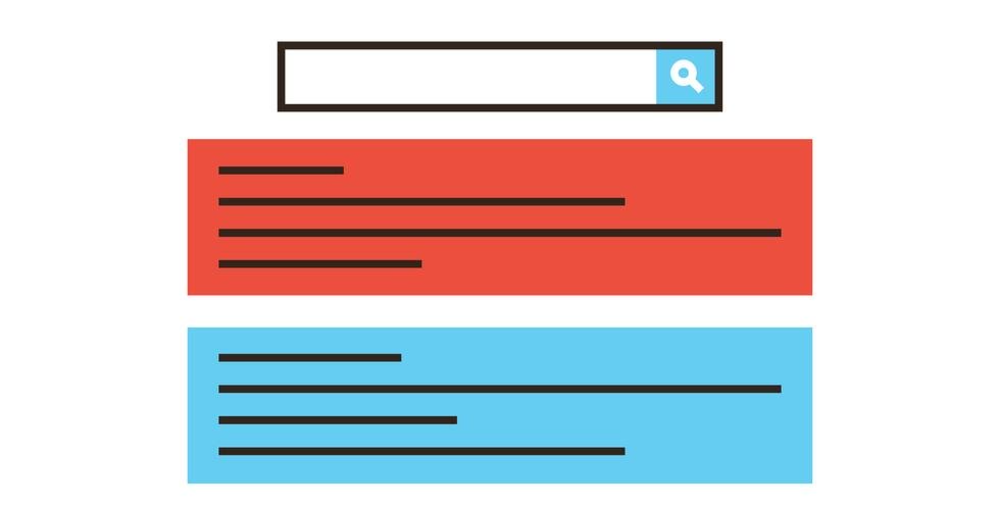Car sales in October are likely to come in at over 1.11 million units, which is a 4.4% increase from last October, but it’s a 1.3% decline from the previous month. Ultimately, new vehicle inventory is improving, but the gains are inconsistent. On the other hand, evidence of a buyer’s strike has hit the used car market as buyers are increasingly fed up with high prices.
Two Trends Emerge
Improving inventory for new cars for sale should lift sales volumes over expectations. Last October was historically bad for new car sales, so it’s not a big surprise that volume went up this year. Asian brands like Toyota, Kia, and Hyundai are doing especially well, and early reports from these automakers suggest an even higher total sales volume for October. According to Cox Automotive, two trends are emerging. The first trend is that product availability is improving, despite historically tight inventory. Many of the sales that counted for October were likely deals made in the previous two months and then delivered in October. The second trend is that demand has mostly stayed high, despite elevated prices. However, higher interest rates are pushing some buyers completely out of the market. These buyers include those with low credit scores as well as subprime and deep subprime buyers.
Inventory is Slowly Increasing
Inventory continues to increase across the board, with some segments increasing faster than others. For example, full-size pickup inventory is almost back to normal levels. Demand doesn’t appear to be collapsing, either. Some brands are starting to lower prices as inventory levels go up, and some are also increasing incentives. However, these are in minority. Sales appear to show that most new car buyers are willing to pay higher prices. Some softening in demand is still expected to happen, but it shouldn’t be a full collapse. Sales volume is the highest for midsize SUVs and crossovers right now, and it’s the lowest for midsize and compact cars.
Is There a Buyer’s Strike?
On the other hand, when we look at used cars for sale, it appears that many buyers are tired of high prices. Even though prices are inching down in some areas, they still remain 30% to 50% higher than pre-pandemic prices. The average used car cost $31,000 in September, and the average new car cost $47,000. On top of that, high-interest rates have pushed millions of buyers completely out of the new car market. According to some auto analysts, the sales drop for used cars means that there’s a buyer’s strike in effect. However, for affluent buyers with high credit scores, the new car market is full of choices, and customer demand for high-priced vehicles remains high. Some experts believe that 2023 could be an entirely different story with a weakened economy.
If you’re looking for new or used cars for sale, it’s generally better not to wait if you can afford to buy now. Prices may decrease in the future, but interest rates could go even higher.
This post may contain affiliate links. Meaning a commission is given should you decide to make a purchase through these links, at no cost to you. All products shown are researched and tested to give an accurate review for you.




